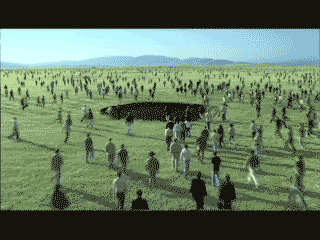curtbs
You said....
"Derb when and if you have a honest,undervalued,non-diluting and oversold penny, I trust you'll let me know?"
Any penny pre 1982 is going to have good value in metal content, is non diluting and heck, even has a picture of "honest Abe" to boot..... When I find one, I'll give you a holler.
The Composition of the Cent
Following is a brief chronology of the metal composition of the cent coin (penny):
The composition was pure copper from 1793 to 1837.
From 1837 to 1857, the cent was made of bronze (95 percent copper, and five percent tin and zinc).
From 1857, the cent was 88 percent copper and 12 percent nickel, giving the coin a whitish appearance.
The cent was again bronze (95 percent copper, and five percent tin and zinc) from 1864 to 1962.
(Note: In 1943, the coin's composition was changed to zinc-coated steel. This change was only for the year 1943 and was due to the critical use of copper for the war effort. However, a limited number of copper pennies were minted that year. You can read more about the rare, collectible 1943 copper penny in "What's So Special about the 1943 Copper Penny.")
In 1962, the cent's tin content, which was quite small, was removed. That made the metal composition of the cent 95 percent copper and 5 percent zinc.
The alloy remained 95 percent copper and 5 percent zinc until 1982, when the composition was changed to 97.5 percent zinc and 2.5 percent copper (copper-plated zinc). Cents of both compositions appeared in that year.

